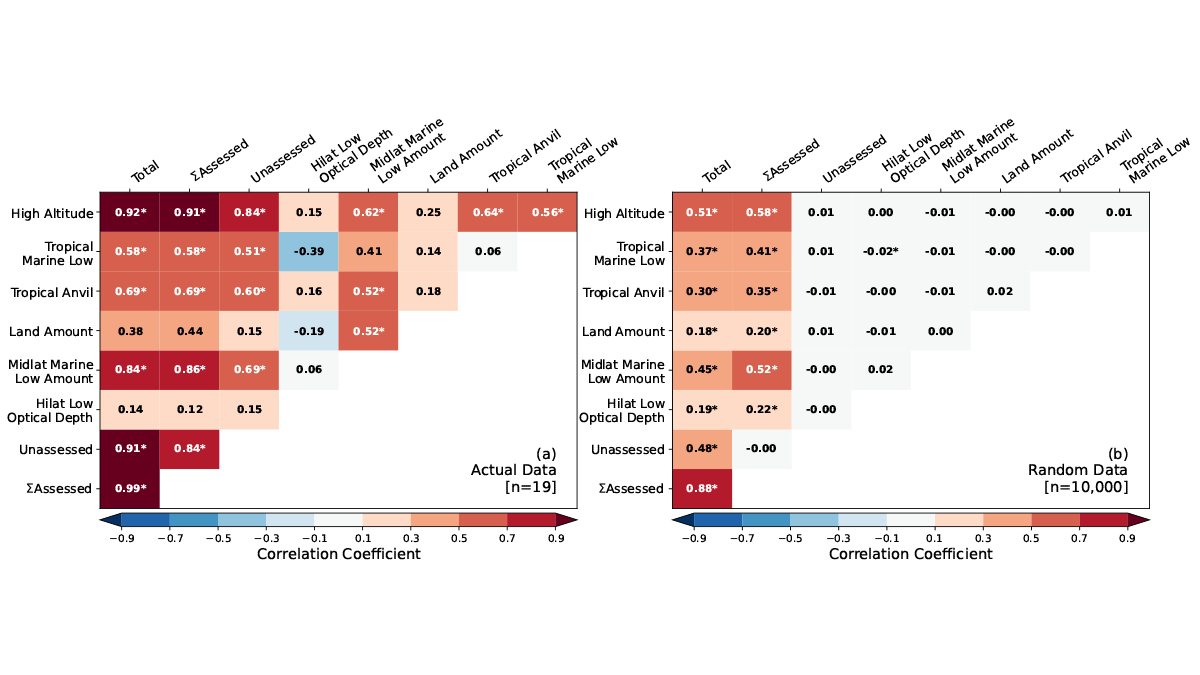Using intravenous anesthetics instead of volatile ones could help curb greenhouse gas emissions, but there are challenges to making the switch.
carbon emissions
Stretching Crust Explains Earth’s 170,000-Year-Long Heat Wave
During a brief period in Earth’s past, a massive emission of carbon abruptly raised global temperatures, acidified oceans, and stamped out species. New data may help explain how it happened.
It’s Cool to be Short When You’re in the Arctic Permafrost
Extensive ground temperature measurements complicate our understanding of how vegetation cover, snow duration, and microtopography influence the pace of permafrost thaw in a changing climate.
Arctic Shipping Routes Are Feeling the Heat
Climate science and the global shipping industry collide in an ice-poor Arctic.
Stormwater Ponds Are Carbon Sources, Not Sinks
New research from Florida tracks carbon dioxide and methane emissions from human-created waterways.
Mysteries of the Global Carbon Cycle
Less than half of the anthropogenic carbon dioxide remains in the atmosphere to drive climate change. The rest is being removed by mysterious processes in the land, biosphere, and ocean.
Fossil Fuels Drive Increase in Atmospheric Helium
After decades of uncertainty, scientists have finally shown that fossil fuel extraction has flooded the atmosphere with 4He.
Cloud Feedbacks in CMIP6 Models Versus Expert Synthesis
Models with smallest feedback errors are found to have moderate cloud feedbacks and equilibrium climate sensitivity of 3 to 4 degrees of warming when the concentration of carbon dioxide is doubled.
Planting Wetlands Could Help Stave Off Climate Catastrophe
A shift in priority and approach to wetland restoration could reduce atmospheric carbon.
Climate Action Plans Tailored to Indian Cities
The plans identify localized vulnerabilities, as well as adaptations to climate change risks.










